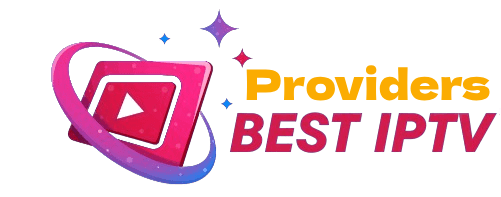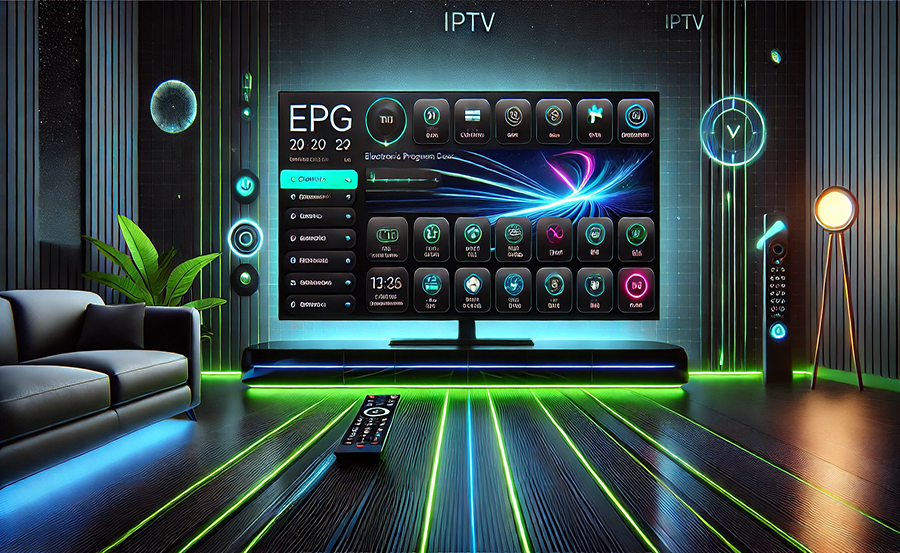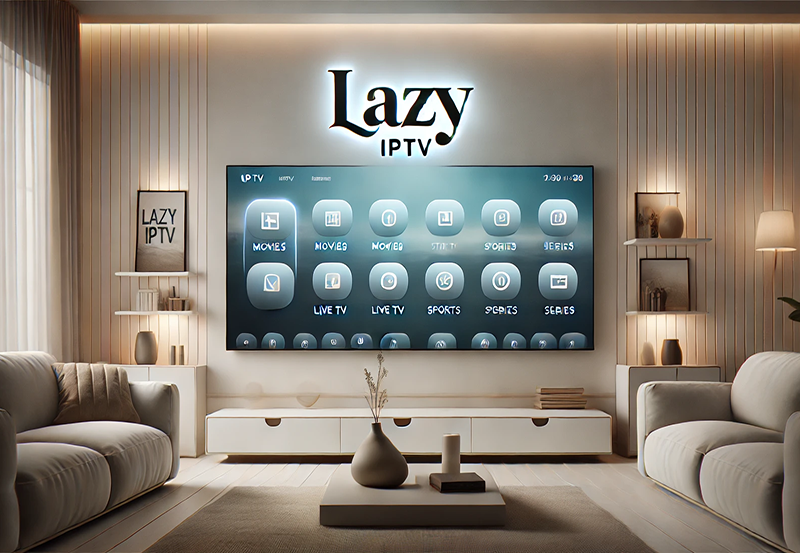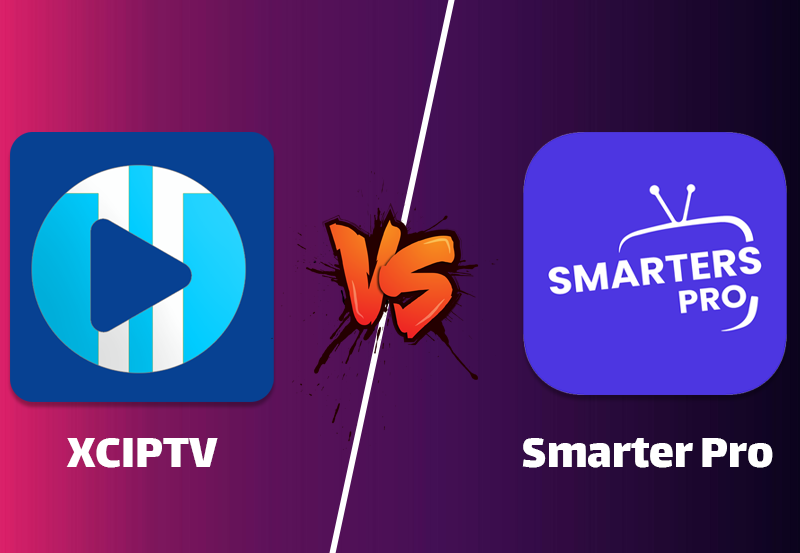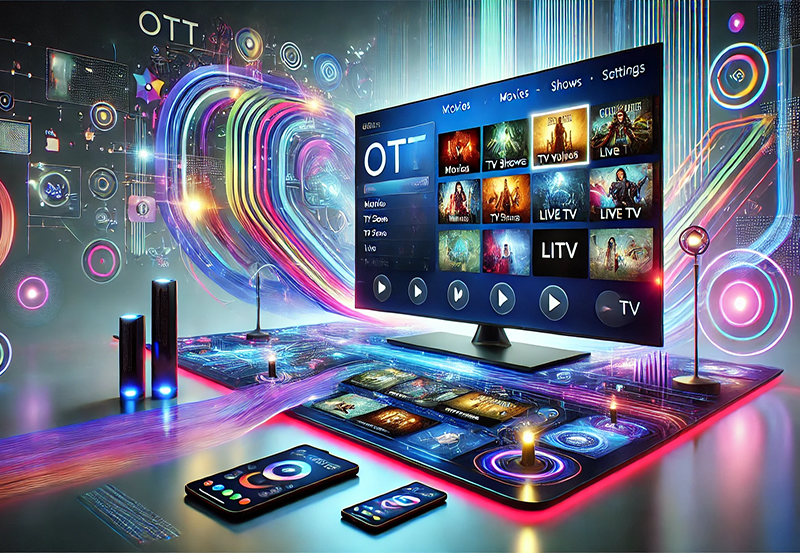Technology evolves rapidly, and as consumers, we constantly seek new ways to enhance our entertainment experiences. Welcome to the world of Internet Protocol Television (IPTV), a service that delivers television content over internet protocols instead of traditional terrestrial, satellite, or cable formats. One of the standout features for IPTV service providers to consider is Electronic Program Guide (EPG). Through EPG, users gain a seamless, interactive way to navigate through a plethora of channels and programs. But how do we implement EPG in an IPTV solution effectively?
For many businesses, adopting EPG in their IPTV strategies can feel daunting. Fear not, for this guide will walk you through nine straightforward steps to bring EPG to your IPTV system. Whether you’re looking to enhance IPTV for sports streaming or keen on understanding how to install IPTV efficiently, this tutorial will serve your needs. Let’s dive into the world of IPTV and EPG with ease and confidence.
Step 1: Understanding IPTV and EPG: Bridging the Gap
Before embarking on the implementation journey, let’s cover the basics of what IPTV and EPG entail. IPTV refers to delivering television content using internet protocols, essentially allowing more user-specific configurations and streaming options—like video on demand (VOD) and live TV.
Quick Tip:
Discover premium UK TV channels with IPTV for UK channels and enjoy all your favorites.
On the other side, an EPG is an interface that displays TV broadcast schedules, enabling users to preview and select shows or channels to watch at their convenience. An accurate EPG makes navigating TV content intuitive and engaging, enhancing the viewer’s experience.
Understanding these components is crucial. They form the foundation of why integrating EPG into an IPTV solution can be an advantageous move for both content providers and consumers.
Why Is EPG Vital in IPTV Services?
EPG provides a structured layout of available channels and programs, making it easier for viewers to discover and watch content. This guide enhances accessibility and user engagement, key factors driving customer satisfaction.
Moreover, integrating EPG can streamline content management for the provider. It’s a tool that transforms a basic streaming service into a sophisticated entertainment platform, providing your brand a competitive edge.
Goals You Can Achieve with EPG in IPTV
- Increased user engagement through organized content navigation.
- Enhanced user experience with interactive features.
- Potentially improved retention and reduced churn rates.
- Market differentiation by offering superior content accessibility.
Step 2: Evaluating Your Current IPTV Infrastructure
Before delving into implementation, assess your current IPTV setup. Check compatibility, defined as how well your existing infrastructure can incorporate EPG. Consider server capacity, middleware support, and the readiness of your service to transition smoothly.
Identify potential technical challenges. This can include bandwidth limitations, server scalability, and even software compatibility issues that might hinder a smooth integration. Exploring these aspects ensures a structured, barrier-free path toward EPG integration.
Conducting a Technical Audit
A successful audit entails reviewing the network equipment, assessing the server’s ability to handle additional data, and ensuring the software room is adaptable. Collaboration with a technical team is often necessary to identify areas that need upgrading.
Post-audit, make necessary enhancements. It could involve updating server capabilities, expanding bandwidth, or adopting scalable solutions designed to support EPG data usage efficiently.
Why Infrastructure Assessment Matters
Accurately assessing your infrastructure allows you to foresee potential setbacks, saving time and resources. It ensures a seamless EPG rollout, ultimately leading to a better service offering and enhanced user satisfaction.
Step 3: Choosing the Right EPG Provider
With the infrastructure assessment completed, the next crucial step is selecting a reputable EPG provider. Many companies offer varied service levels, and navigating your options can be challenging.
When evaluating providers, focus on aspects like reliability, data accuracy, Customer support, and cost-effectiveness. The integration process should be aligned with your business goals and technical prerequisites.
Key Features to Look For
- Accurate and comprehensive program data.
- Consistent data updates in real-time.
- Compatibility with existing systems.
- Scalability to accommodate future expansion or features.
Making the Right Decision
Finalizing your choice involves weighing various factors. Reliable data, extensive coverage, and intuitive API usage are integral to offering users valuable, real-time information seamlessly.
Once a provider is selected, map out the data you’ll require and establish a setup that feeds this data into your system efficiently.
Step 4: Setting Up Your EPG Data Feeds
With an EPG provider on board, focus on setting up data feeds. This stage involves extracting relevant data from the provider’s systems and integrating it into yours cleanly and efficiently.
Usually executed via API, setting up data feeds requires interfacing correctly between your platform and the provider’s server. The aim is to automate data retrieval, ensuring your EPG service remains updated without manual intervention. Efficiency here is crucial to maintain up-to-date program schedules for users.
API Integration: A Step-by-Step Process
API integration follows a structured path:
- Review the API documentation provided by the EPG service.
- Establish endpoints required for data access.
- Securely authenticate systems to permit seamless data flow.
- Test data integration in a controlled environment before full-scale deployment.
Automating the Update Process
An automated update ensures program data is refreshed automatically. Set intervals that balance resource use and data freshness. The frequency of these updates depends on the diversity and dynamism of your content catalog.
Remember, continuous testing of the integration is vital. This ensures reliability, addresses emerging issues quickly, and keeps the user experience firmly in focus.
Step 5: Designing an Intuitive EPG User Interface
The achieved integration sets the stage for an essential facet of EPG: the user interface (UI). A cluttered or unintuitive UI can deter users, irrespective of the underlying EPG efficiency.
Design a UI that balances functionality with aesthetics. Use clear menus, easy navigation tools, and search functions to allow users to find content effortlessly.
Key Elements of EPG User Interface Design
- Responsive design for diverse device compatibility.
- Convenient navigation and search capabilities.
- Customizable layout options for personalized user settings.
- Consistent branding elements for cohesive user experiences.
Testing for Usability and Efficiency
User testing is indispensable. Gather user feedback early and iterate to address pain points. No matter how simple the integration, UI must be flawless, facilitating a natural flow that serves users seamlessly.
As you finalize the interface, remember that aesthetics combined with functionality can substantially elevate the user experience.
Step 6: Training Your Team
As implementation progresses, the human element should not be sidelined. Your team’s understanding of the system is crucial for its efficient operation. Organize training sessions to familiarize them with the new EPG system’s functionality and features.
An experienced team can troubleshoot minor issues and ensure the transition to EPG is smooth for consumers, maintaining service quality without interruption.
Focusing on Comprehensive Training
Ensure training covers every aspect: from basic navigation to complex data management. A well-trained team is equipped to address customer queries promptly.
Consider engaging external specialists if needed. Their expertise might provide insights your team needs, boosting overall service proficiency.
Team Engagement and Feedback
Post-training, solicit feedback. Identify areas where team members may feel less confident. Providing ongoing support mitigates discomfort and ensures an adept handling of the new system.
Foster an open communication environment where challenges are discussed, fostering a solutions-oriented mindset among team members.
Step 7: Launching the EPG with Your IPTV Solution
With all the groundwork meticulously laid, it’s time to launch your IPTV solution armed with the newly integrated EPG. This process involves both technical acumen and strategic marketing efforts.
Promote the EPG as a value-added service. Highlight how this enhances the viewing experience, attracting both potential and existing customers to explore the comprehensive channel guide.
Key Considerations During Launch
Ensure all technical aspects are running smoothly. A staggered rollout can help identify issues and minimize widespread disruptions.
Monitor feedback closely. Immediate response to customer concerns is vital, ensuring any obstacles faced are removed swiftly and maintaining a positive brand image.
Marketing Your New EPG Feature
- Utilize social media platforms to spread the word.
- Offer promotions or discounts on the upgraded service.
- Showcase user testimonials to build trust with new customers.
- Engage influencers to extend your reach in niche markets.
Consistent engagement with your audience keeps them informed and excited, nurturing a community eager to embrace your IPTV solution.
Step 8: Monitoring Performance and User Feedback
Post-launch, monitoring is critical to long-term success. Measure performance through data analytics and user feedback. This insight will guide future enhancements and improvements.
From tracking key performance indicators (KPIs) to evaluating customer satisfaction, making data-driven decisions to optimize further your service offering becomes pivotal.
Essential Metrics to Track
- User engagement and interaction volumes.
- Churn rates before and after the EPG introduction.
- Customer service inquiries related to EPG functionality.
- Overall IPTV service uptime and reliability statistics.
Incorporating Feedback for Enhancement
Feedback is a goldmine for innovation. Regularly review and act upon user suggestions to ensure the solution remains relevant and beneficial.
Incorporate small improvements incrementally. Keeping the system dynamic and responsive fosters long-term user loyalty and satisfaction.
Step 9: Looking Beyond: Continuous Improvement and Innovation
The implementation cycle doesn’t end with a successful launch. As technology evolves, so should your IPTV and EPG solutions. Consistent innovation ensures you remain at the cutting edge of entertainment technology.
Commit to regular updates. Embrace advancements to offer even greater value. Regularly scout technological trends and integrate what fits your vision and system capabilities.
The Next Frontier
Consider integrating AI-driven recommendations for a personalized viewing experience. By analyzing user patterns, content suggestions can be honed to further increase engagement.
As streaming competitors evolve, remaining proactive in adopting beneficial innovations will help maintain your position as a leading IPTV provider.
Building on Success
Celebrate every milestone but remain vigilant for new opportunities. Engaging in continuous dialogue with industry experts keeps you informed and prepared for emerging shifts in consumer expectations and technological capacities.
In a world driven by constant change, your adaptive service models will be the key to thriving within the IPTV marketplace.
Frequently Asked Questions (FAQ)
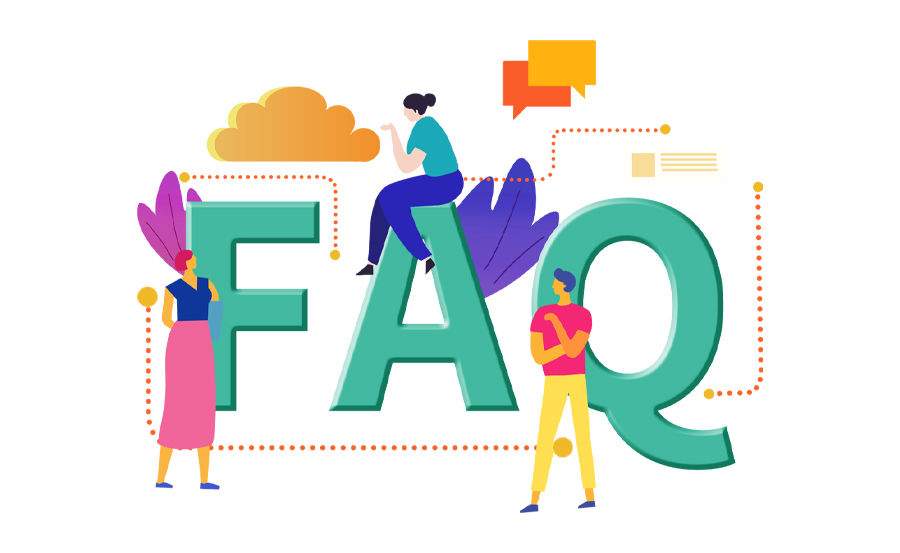
What is EPG, and why is it important for IPTV?
EPG, or Electronic Program Guide, is a digital interface that lets viewers schedule and choose their preferred channels and programs easily. For IPTV, this enhances user interaction and streamlines content accessibility, making it an attractive feature for improving customer experiences.
How does EPG benefit IPTV for sports streaming?
For sports enthusiasts, timely and accurate scheduling is crucial. EPG facilitates efficient navigation and access to live games and updates, ensuring viewers don’t miss crucial moments and stay engaged with their favorite sports channels.
Can I integrate EPG into my existing IPTV system without major disruptions?
While there can be initial challenges, especially in terms of system compatibility and bandwidth, with proper preparation and the right service provider, EPG integration into an existing IPTV system can be relatively smooth and disruption-free.
What should I consider when choosing an EPG provider?
Opt for providers known for data accuracy, automatic real-time updates, and seamless operability with your current system. Factor in both cost-effectiveness and future scalability as your service expands.
How often should I update the EPG data?
The frequency depends on your service’s nature. However, regular updates are advised to ensure users always access the latest program schedules. Balancing between data freshness and resource use is key.
How does EPG impact customer retention?
EPG enhances user satisfaction by providing an organized and interactive browsing experience, potentially reducing churn rates as customers find more value in easily accessing preferred content through a structured guide.
Is user feedback important post-EPG integration?
Absolutely. User feedback is invaluable in guiding continuous improvements, ensuring your technological offerings align with evolving user expectations and preferences.
The Best Android Boxes of 2023: An Updated Buying Guide
